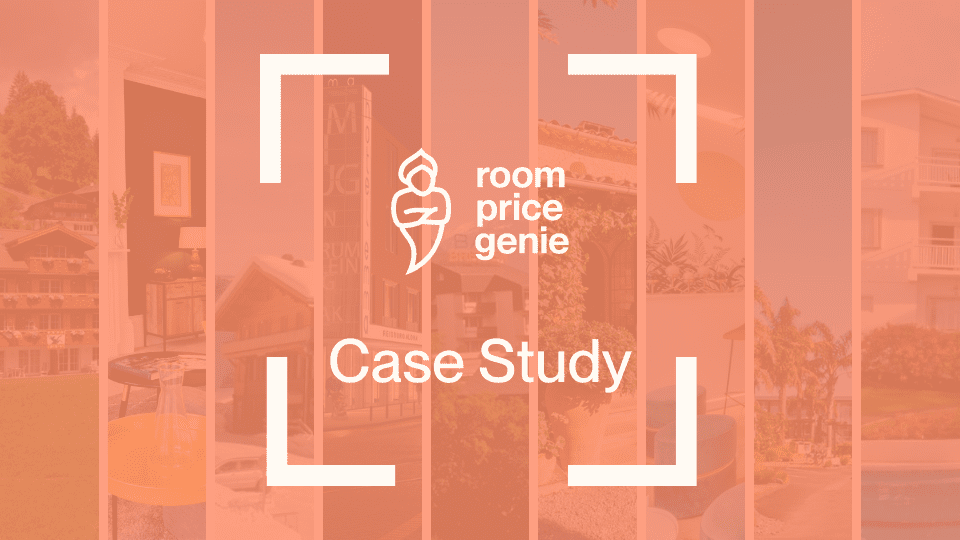Discount – Transient Sub-segment
A rate open to the general public (non-qualified) where the guest pays a discount off of the retail rate. Examples include Advance Purchase, Loyalty redemptions or offers, Packages, Promotions, OTA Opaque.
Denials
Potential reservations that the hotel is not able to accommodate due to unavailability of product or service at that price.
Demand unconstraining
The process of using direct observation and statistical techniques to accurately determine total unconstrained demand.
Demand Control Chart
Utilizes a forecasted occupancy and strategy threshold rules to determine Revenue Management tactical controls.
Cut-Off Date
The contracted date that any unsold rooms in the block will be released back into the hotel’s general inventory.
Cost-Based Pricing
A pricing philosophy where the rate is determined based on the cost to deliver the product plus an agreed-upon margin.
Corporate – Group Sub-segment
A negotiated rate for a block of rooms associated with a company related to industries such as but not limited to Manufacturing, Retail, Healthcare, Insurance, Financial, Law firms, Professional Sports Organization, Entertainment Companies and Transportation Corporations.
Competition-Based Pricing
A pricing philosophy where the rate is determined using competitors’ rates as the primary benchmark, or by “mimicing” the competitors’ pricing.
Closed to arrivals
Imposes a strict block on all potential reservations for arrival on a given arrival date, allowing on stay throughs from prior arrival dates.
Capacity controls
A set of criteria utilized to filter potential bookings in order to maximize profitability when demand exceeds supply. They include MS#, MX#, CTA, and BTC. Also known as stay controls.
Booking Curves
A graphical representation of the cumulative bookings for a target arrival date(s), arranged in the order of days before arrival (DBA).
Booking Curve Forecast
A “glance” forecast based on comparing the current pick-up to a relevant booking curve.
Booked to capacity
The most severe stay restriction, it blocks all potential reservations from arrival AND stay through on a given arrival date.
Bid price
A simple method (via linear programming) for determining which rate class / length of stay combinations are open. The bid price for any arrival date and length of stay is determined by taking an average of the shadow prices for all of the dates of the stay. An incoming request should be accepted, if and […]
Barrier to entry
The existence of high startup costs or other obstacles that prevent new competitors from easily entering an industry or area of business.
Average Rate Index (ARI, ADR Index)
Average Rate Index is a measure of how your hotel’s average rate compares to that of your competitors. The comparison works against a designated set of competitors (comp set), selected based on their likeness to your own business. I.e hotels with a similar brand, target audience and size. By choosing competitors that have a similar […]
Average Daily Rate (ADR)
Average Daily Rate (ADR) is a common metric used to measure the performance of a hotel. It is the calculation of the average price or rate of a hotel room charged for a given period. ADR = Revenue ÷ sold rooms For example, if your revenue was $100,000 and you sold 500 rooms, your ADR […]
Attrition
Attrition is the clause in a contract that requires a group booking to commit to a certain number of rooms. It states that the guest is to pay for that specific room-block and should their numbers decrease there will often be a penalty charge to make up for the rooms no longer rented. Attrition is […]
Association/Convention – Group Sub-segment
A set, pre-negotiated rate for a block of rooms to be occupied by individuals associated with a trade, progressional, or philanthropic association. Such bookings are beneficial to both parties as the customers can ensure the group are located all in one place and can reap the benefits of all the hotel has to offer, whilst […]
5 Reasons Why Serviced Apartments and Vacation Rentals Should Be Using Revenue Management

The world of revenue management has come a long way from its airline beginnings. With new developments and technology, what was once reserved for the multi-million dollar airline companies and huge hotel chains, is now available to managers of even the smallest serviced apartments.
How Revenue Management and RoomPriceGenie Can Help Small Hotel Chains

The expansive and ever-growing hospitality industry has made way for an increasingly dynamic market. From a one-room Airbnb apartment to multi-billion dollar hotel chains, the industry is putting increased demand on its technology to meet its varied needs.
6 Important KPIs That Go Beyond RevPAR

RevPAR is probably the most common measure of hotel performance. But is it always the best? Or the most suitable? In our latest guest post, David Eisen from HotStats discusses a few of the other Key Performance Indicators (KPIs) that you could use instead.



